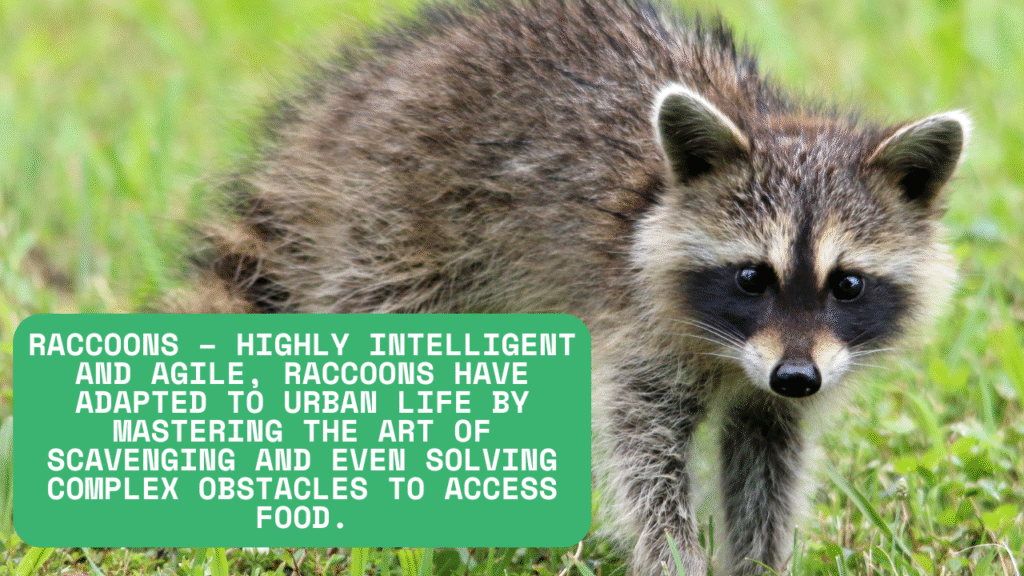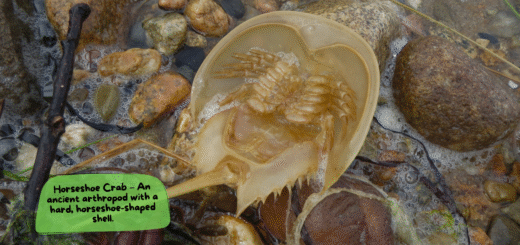The Secret Lives of Urban Animals: How Wildlife Thrives in Our Cities
When we think of cities, we imagine bustling streets, towering buildings, and constant human activity—not wildlife. But hidden in alleyways, under bridges, and among rooftops, an entire ecosystem of urban animals exists right under our noses. From raccoons navigating trash bins to peregrine falcons nesting on skyscrapers, the secret lives of urban animals reveal a remarkable story of resilience, adaptation, and survival.
Urban Wildlife: Who’s Living Among Us?
Many animals have not only managed to survive in urban environments but have learned to flourish. Common examples include:
- Raccoons – Highly intelligent and agile, raccoons have adapted to urban life by mastering the art of

How Animals Adapt to City Life
Urban environments pose unique challenges: heavy traffic, pollution, artificial light, noise, and fragmented green spaces. Yet animals develop strategies to survive, including:
- Shifting to nocturnal activity to avoid humans and traffic
- Adapting diets by relying on garbage, pet food, compost, and discarded scraps
- Using man-made shelters such as storm drains, sheds, chimneys, and abandoned buildings
Over generations, some species have even undergone behavioral changes to better fit urban lifestyles, including reduced fear of humans and more efficient foraging patterns.
Why Urban Wildlife Matters
Urban animals contribute significantly to the ecological balance within cities. They help control pests, disperse seeds, pollinate plants, and offer opportunities for education and connection with nature. However, they can also create conflicts with humans, including:
- Trash scavenging leading to mess and sanitation concerns
- Damage to property from nesting or burrowing
- Potential health risks from diseases like rabies or leptospirosis
Understanding the behavior and value of these animals allows for better coexistence strategies and a more harmonious urban environment.
How to Coexist with Urban Wildlife
There are simple and effective ways to support a healthy relationship between humans and urban wildlife:
- Secure trash and compost bins to prevent scavenging.
- Avoid feeding wild animals, as it disrupts natural behavior and can lead to overpopulation.
- Plant native vegetation in gardens and balconies to provide shelter and food sources.
- Support urban green spaces, which serve as critical wildlife corridors and habitats.
- Educate yourself and others about the species living in your area and how to respect their space.
Discovering the Hidden World Around Us
Thanks to motion-sensor cameras, urban nature apps, and community science projects, more people are becoming aware of the animals sharing their neighborhoods. Platforms like iNaturalist and local wildlife organizations encourage city dwellers to explore and document wildlife sightings, helping scientists track species and raising public awareness.








